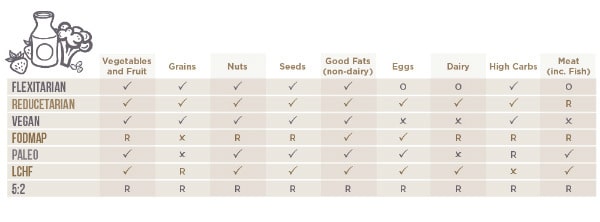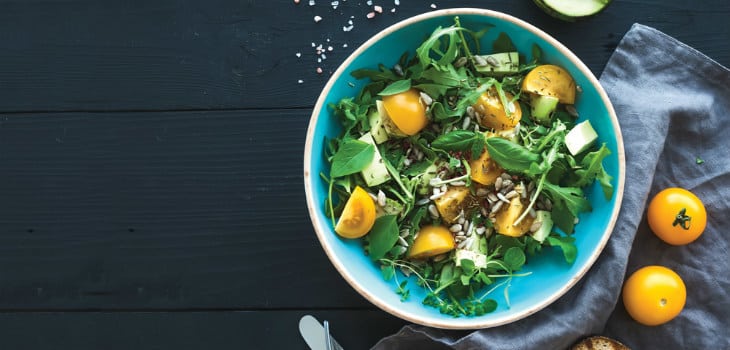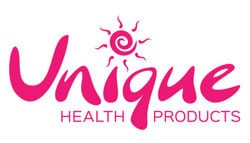7 Diet Trends Every Health Retailer Needs to Know
While individual diets vary, below is a guide to the latest diet trends to help you ensure you're offering customers what they want.
This article is written by Larina Robinson, and first appeared on the Unique Health Products blog.
What diet trends are your customers following in 2018? We’ve covered 7 of the most popular diets you’ll be asked about this year so you can wow your customers with the products that suit their needs, no questions asked.
1. Flexitarian
A flexitarian diet (also known as a semi-vegetarian) is mostly vegetarian, allowing for the occasional consumption of meat, poultry and seafood. This diet has risen in popularity as it’s a more achievable alternative to going full vegetarian.
Growing numbers of Australians are going meat free with more than 11% having eliminated or almost eliminated meat from their diets at the end of 2016.
2. Reducetarian
This diet is very loose but makes a conscious effort to reduce meat, poultry, seafood, eggs and dairy. For example, those that follow ‘Meat-Free Monday’ would fall into the reducetarian category.
Meat replacement alternatives like Upton’s Naturals jackfruit are highly appealing to this category!
3. Vegan
A vegan diet strictly avoids any animal-derived ingredients, including meat, poultry, seafood, dairy, eggs, gelatine and bee products.
4. Low Fodmap
FODMAP is an acronym that stands for Fermentable Oligosaccharides, Disaccharides, Monosaccharides and Polyols. Simply speaking, the Low FODMAP diet helps with digestive issues by aiming to temporarily reduce short-chain carbohydrates in the diet.
5. Paleo
Widely famous thanks to high calibre influencers like Pete Evans, the paleo diet is based on the types of foods presumed to have been eaten by early humans. This includes meat, poultry, fish, vegetables, nuts (excluding peanuts which are a legume) and fruit. It excludes dairy, processed foods, sugar and grains.
Nutrition Insight reported that globally the “high protein” paleo category experienced 26% globally from 2015-2016.
6. Low Carb High Fat (LCHF)
Also known as the keto diet, the LCHF prescribes foods low in carbohydrates (ranging from 5-20% in total carbohydrates) and high in fats (up to 75% in total fat).
Nielsen reported that the Asia-Pacific region is leading the growth in the category with 34% of respondents saying they follow a low-carb, high-fat diet to lose weight.
7. 5:2
5:2 is an intermittent fasting diet. It follows five days of normal food intake with two restricted calorie days weekly. The diet aims to reduce body fat and extend the time human growth hormone (HGH) is active in the body.
Common foods consumed in the diet include bulletproof coffee, protein, high fat foods including oils and high carbohydrate foods like rice and quinoa.
One to Watch: Whole 30
The Whole 30 Diet is a short-term program that encourages participants to cut out alcohol, dairy, grains, sugar, legumes, and additives for 30 days straight – with no cheating.
The goal is to cut inflammation-promoting foods and then gradually reintroduce them to see what needs to be eliminated for good.
Customers following this diet may be looking for packaged foods that meet the guidelines, and products that support detoxing and gut health, and reduce inflammation.
Quick Guide to Alternative Diet Trends

Key: Y= Yes | N= No | O= Occasionally | R= Reduced or Restricted
-
Get your FREE ticket
- REGISTER FOR FREE

